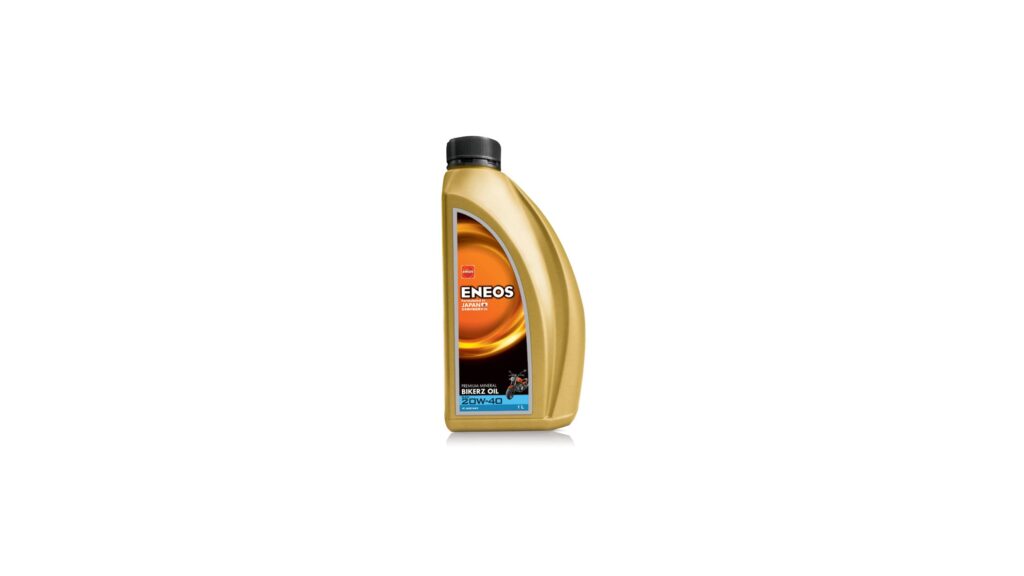Lubrication is one of the most important factors that directly affect the functionality and durability of the motorcycle. It is especially vital to achieve an understanding of which oils are necessary for particular components of the bike, such as the engine and gears. All these oils have very important functions as they act as an anti-wear agent, lubricant and coolant to the various parts of the motorcycle, among other functions. The best approach to maintaining your motorcycle is to choose the right lubricants and make sure that they are well maintained so that the engine runs smoothly and for a lasting period.
The Importance of Engine Lubrication
Motorcycle engine oil is used to lubricate the moving parts of the engine to minimize wear due to friction. Here are some key functions and benefits of engine oil:
- Lubrication: It lowers friction between the moving parts of the engine, and as a result, the engine components do not grind against each other and cause further damage.
- Cooling: The oil also assists in the process of carrying off heat produced by the engine, thus regulating the temperature.
- Cleaning: Engine oil also contains ‘detergents,’ which work to keep the engine clean by reducing the accumulation of ‘sludge’ and other deposits.
- Protection Against Corrosion: It develops a layer on the parts of the engine to weaken the corrosive actions of rust.
- Improved Performance: As an anti-friction and anti-wear substance, engine oil makes the bike operate smoothly, thereby improving its performance.
Types of Lubricants for Motorcycles
Motorcycle engine oils are broadly classified into three types:
- Mineral Oil: It is a primary category of engine oil derived from the process of refining crude oil. It is comparatively cheaper than synthetic oil but has less protection and performance compared with synthetic oils.
- Semi-Synthetic Oil: This one is a combination of both mineral and synthetic oils, and it provides better protection and performance than mineral oil and costs less than fully synthetic oils.
- Fully Synthetic Oil: Fully synthetic oil is chemically engineered, thereby outdoing other types of oil in terms of protection, performance, and durability. Perfect for bikes used in extreme conditions, allowing riders to conquer any surface and terrain with confidence.
Selecting the Right Engine Oil
When selecting engine oil, consider the following factors:
- Viscosity: This refers to the oil’s thickness and its ability to flow at different temperatures. The viscosity rating is indicated by a number followed by ‘W’ (e.g., 10W-40). The first number indicates the oil’s viscosity at low temperatures, and the second number indicates its viscosity at high temperatures.
- Manufacturer Recommendations: Always follow the manufacturer’s recommendations for the best results. These recommendations are based on extensive testing and are tailored to your bike’s specific needs.
- Riding Conditions: If you ride in extreme conditions (e.g., very hot or very cold weather, off-road, or high-speed riding), you might need an oil with specific properties to handle these conditions.
- Additives: Look for oils with additives that provide additional benefits, such as detergents, dispersants, and anti-wear agents.
The Importance of Gear Lubrication
Gear Lubrication is specifically formulated to lubricate the gears, which operate under high pressure and friction. Here’s why gear lubrication is essential:
- High-Pressure Lubrication: Gears operate under extreme pressure, and gear lubrication is designed to maintain its lubricating properties under these conditions, preventing metal-to-metal contact.
- Temperature Stability: Gear lubrication can withstand high temperatures without breaking down, ensuring consistent performance.
- Anti-Wear Protection: It forms a protective film on the gear surfaces, reducing wear and extending the lifespan of the gears.
- Corrosion Prevention: Gear lubrication also protects the gears from rust and corrosion.
Types of Gear Lubricants
Gear lubricants are classified based on their viscosity and performance levels:
- GL-4: Suitable for most manual transmissions and transaxles, providing good protection against wear and corrosion.
- GL-5: Contains more extreme pressure additives than GL-4, making it suitable for high-performance and heavy-duty applications, such as hypoid gears.
Choosing the Appropriate Gear Lubricant
When selecting gear lubricants, consider the following:
- Viscosity: Like engine oil, gear lubrication also has a viscosity rating (e.g., 75W-90). Choose the viscosity that matches the manufacturer’s specifications for your bike.
- API Rating: The American Petroleum Institute (API) rating indicates the oil’s performance level. Make sure to use the recommended API rating for your bike’s gearbox.
- Additives: Some gear lubrication contains additives to enhance their performance. Look for oils with anti-wear, anti-corrosion, and friction-modifying additives for optimal protection.
Conclusion
Ensuring your motorcycle is well-maintained with the right engine oil and gear oil is crucial for its performance and longevity. Regularly checking and changing these oils according to the manufacturer’s recommendations will keep your bike running smoothly, reduce wear and tear, and prevent potential breakdowns.
Pay attention to the specific needs of your bike based on your riding conditions and preferences. Using high-quality bike engine oil with the appropriate viscosity and additives will provide optimal protection for your engine and gears. With proper maintenance, your motorcycle will remain reliable and perform at its best, giving you many enjoyable rides ahead.


